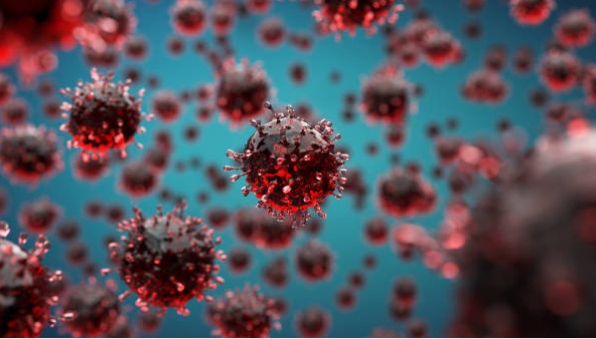Understanding Mold Illness and How to Prevent Them
Have you heard of mold toxicity? Or maybe mold illness? If those two don’t ring any bells, then allow us to explain the dangers of mold and mycotoxins to the human body. Molds are everywhere. They are tiny fungi that are easily carried by the wind to permeate into your house or workplace’s components. They can pose a number of severe health issues when inhaled into the human respiratory system that can trigger harmful allergy reactions, and in rare cases, it can go as far as triggering anaphylactic shock that is lethal if not treated immediately.
Mold Toxicity vs. Mold Allergy
Mold allergy is developed by constant exposure to mold spores via inhalation, ingestion, or direct contact with the fungus, which can have hazardous health effects on humans. At the same time, mold toxicity is caused by mycotoxins which is the toxic substance produced by mold. It has similar qualities with mold as exposure could potentially harm humans and animals alike and sometimes lead to death. These fungal terrors are ubiquitous and have the ability to survive even in the harshest environment and extreme conditions, which makes them highly dangerous for humans and animals to be around.
Symptoms of Mold-Related Illness

Scientists have studied the illness and noticed the symptoms showing on patients; they recorded them and observed their immune system, respiratory, skin, etc., and concluded these symptoms. The common symptoms of mold-related illness are the following:
- Runny nose
- Respiratory problems, i.e., difficulty in breathing, asthma exacerbation, and wheezing
- Continuous coughing and sneezing (allergic reaction)
- Throat inflammation / irritation
- Skin rashes / severe itching problems
- Headache and dizziness
- Chronic pains, i.e., joint, muscle, and nerve
- Nausea and vomiting
- Dry mouth, continuous urge to drink water, extreme thirst
- Sleep difficulty
These symptoms are directly linked with mold-related illness and can get worse if left untreated. It is best to get a full diagnosis from a doctor to know if you have mold-illness or not.
Mold-Growth Prevention

Mold likes damp and humid places as they hide within floor and wall creaks and any crevices while continuously releasing spores and poisonous substances into the air. Here are several ways to prevent their growth:
- Get a dehumidifier for your house. Keep the humidity level in your residence less than 50 percent to prevent mold growth. Do not close all doors, do allow fresh air to fill the room to help ventilate the area.
- Check for gaps and crevices in floors, windows, and walls. If you locate any, do seal them off immediately to prevent water intrusion. Do not let liquid spillage seep into the floors and walls because they can promote mold-growth in your living area.
- Do not let food rot away, especially bread. Clean up after you’re done eating to reduce the risk of mold-growth.
- Instruct family members of all the above rules and repeat
Mold is a nasty business, and we don’t want to get caught in all of their disease and illness. If you notice any symptoms linked to mold-illness, get yourself check to a doctor ASAP to be treated immediately.

